
Greenwashing in the Spotlight
Uncover the rising trend of greenwashing, its sophisticated tactics, and the regulatory measures being implemented to ensure transparency and accountability in environmental claims.
Actionable insights and domain expert recommendations at your fingertips.
Transform your risk processes with technology-driven solutions.
Domain-specific AI insights work to achieve your industry-specific goals.
Explore insights and experiences to bolster your business.

Uncover the rising trend of greenwashing, its sophisticated tactics, and the regulatory measures being implemented to ensure transparency and accountability in environmental claims.

Explore the latest trends in Green Bonds, ISSB implementation, and regional ESG news, highlighting China’s lead in Green Bond issuance and the rapid adoption of ISSB guidelines.

Navigate the rapidly evolving landscape of ESG regulations, understand the political influences impacting their approval, and learn how these changes affect businesses across Europe and beyond.

Becoming a sustainable business is now an essential requirement for organizations across all sectors. The growing demands from customers, regulators, and shareholders to decrease carbon emissions are influencing the course of action for procurement, distribution, and utilization of resources.

Explore the importance of clean aluminum production in reducing global emissions and its role in decarbonization technologies, along with potential approaches for a greener aluminum value chain.

Scope 3 emissions often constitute the bulk of a company’s carbon footprint. In this blog, we outline how companies can reduce their impact.

Discover the complexities of sustainable packaging materials and uncover the potential of Generative AI in achieving corporate sustainability goals.

Explore the synergy between Generative AI and Circular Economy, fostering sustainability, innovation, and responsible business practices for a prosperous future.

Explore the potential of alternative raw materials (ARMs) in reducing CO2 emissions in the cement industry, as companies adopt low-carbon solutions and overcome challenges for a sustainable future.

Explore the future of cleantech solutions driving the clean energy transition, empowering global industrialization, and supporting Net Zero 2050 goals.

How does upgrading the power grid affect transitioning to clean energy and meeting Net Zero 2050 goals without compromising energy security? What solutions can address this?

Explore the global shift towards renewables as clean energy investments surge, transforming the energy landscape and driving the emergence of new leaders in sustainable technologies.

Explore the factors driving the growth of solar PV technology and its role in the global energy transition. Learn about policy, efficiency, and supply chain challenges in achieving a sustainable future.

Explore top insights on the rapidly growing voluntary carbon market, its trillion-dollar potential, emerging trends, and how it supports global decarbonization efforts towards Net Zero 2050 goals.
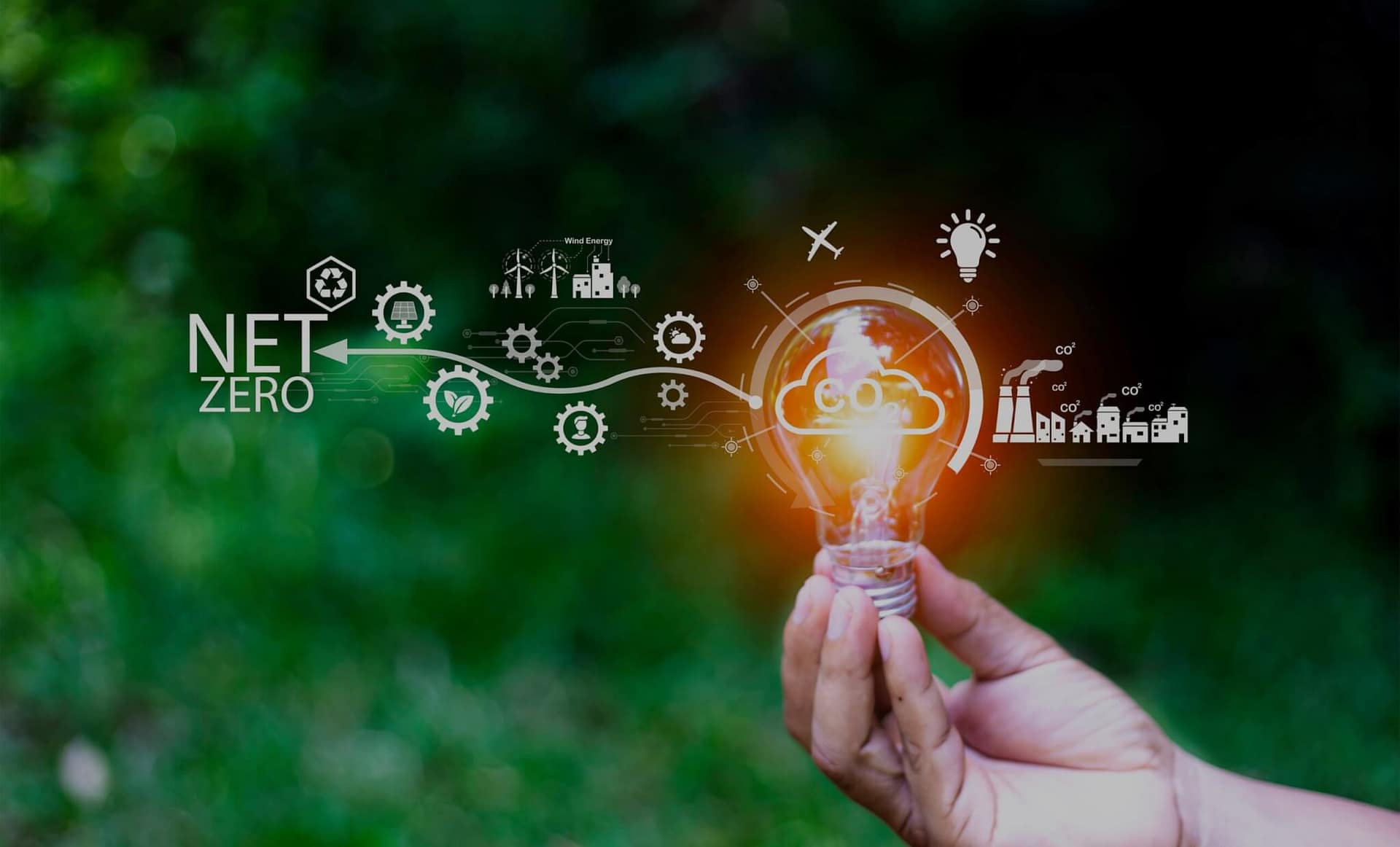
Explore the growing voluntary carbon market and its potential for M&A activity, as companies seek to meet Net Zero 2050 goals and integrate carbon offsets into industry value chains for a sustainable future.
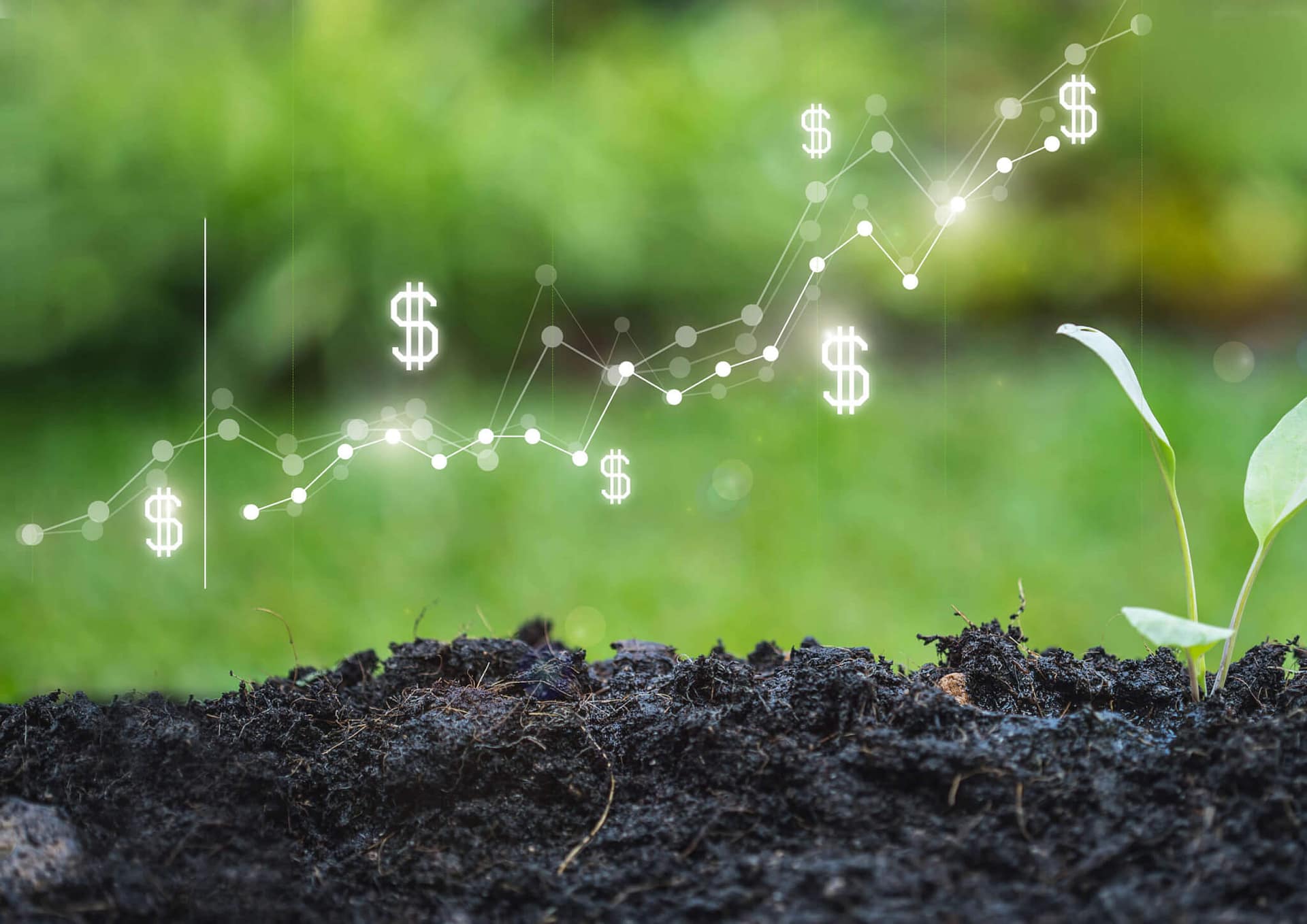
Explore the growing demand for nature-based solutions and voluntary carbon markets, as industries aim to meet Net Zero 2050 goals and reduce greenhouse gas emissions.

Logistics companies are finding it challenging to accurately estimate their CO2 emissions as they strive to mitigate the impact of climate change. To achieve net-zero goals and comply with Scope 3 emission reporting requirements, companies must tackle data availability, accuracy, and transparency issues.

The start of 2023 sees sustainability at the top of businesses’ priority lists. A recent survey conducted in Q1 found that 71% of respondents ranked sustainability as their top near-term (next six months) priority. Respondents were collectively optimistic about their progress, with over 90% suggesting they were somewhat or extremely successful in reaching their sustainability goals over the past 12 months. Further, they expressed increased optimism about meeting goals for the next year (72%) and for 2030 (77%).

Voluntary carbon markets (VCMs) are crucial for achieving Net Zero carbon emission goals. With most credits generated from land-based projects, it’s time to explore the high-growth potential of Blue Carbon, which focuses on oceans and coastal wetlands.
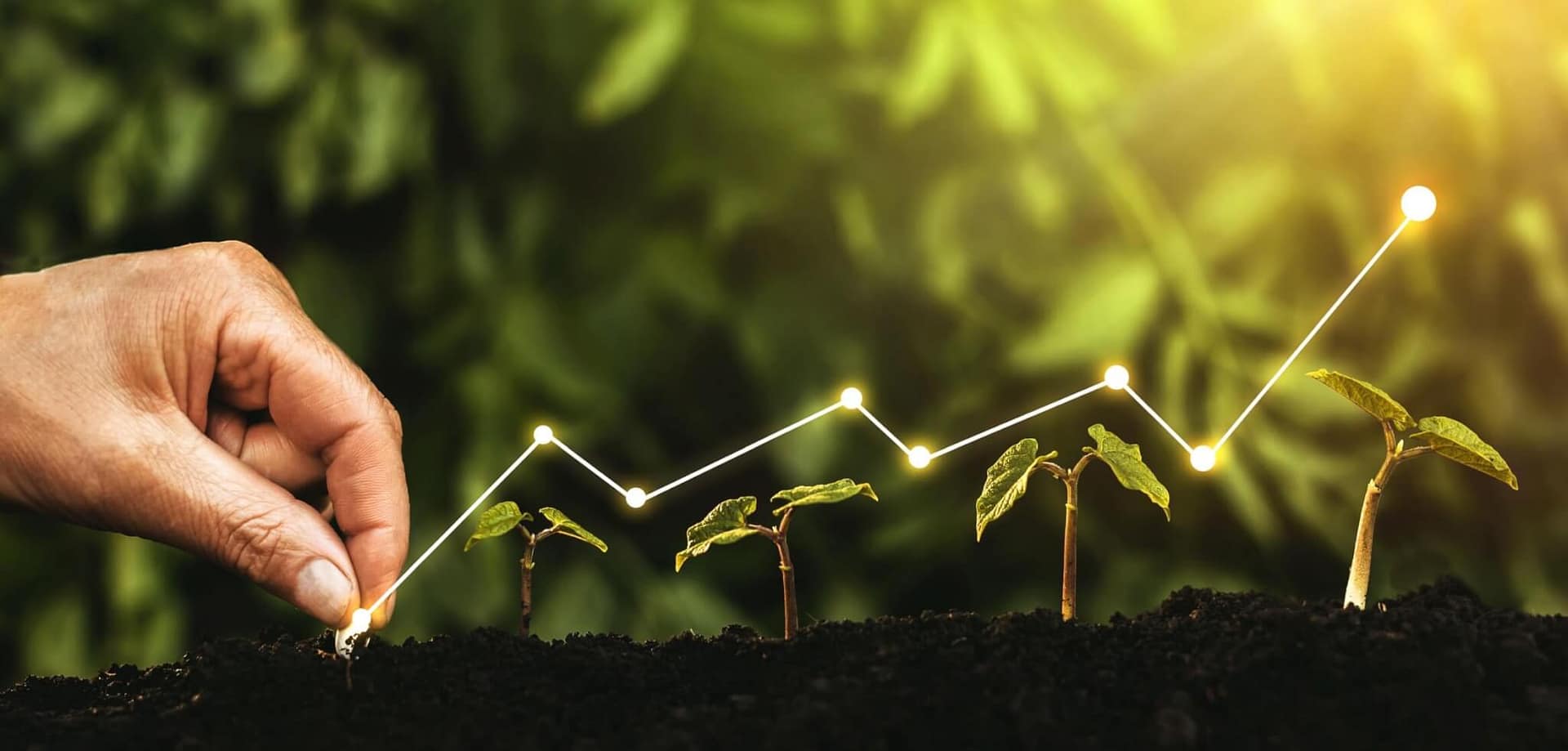
Sustainability is the way of the future – that part is canon by now. So, what values can companies expect from the markets of this future? Well, the answer is right in front of us. The world is already witness to the emergence of a new type of market, where the highest valued ‘commodity’ is the decarbonization solution of paramount quality.
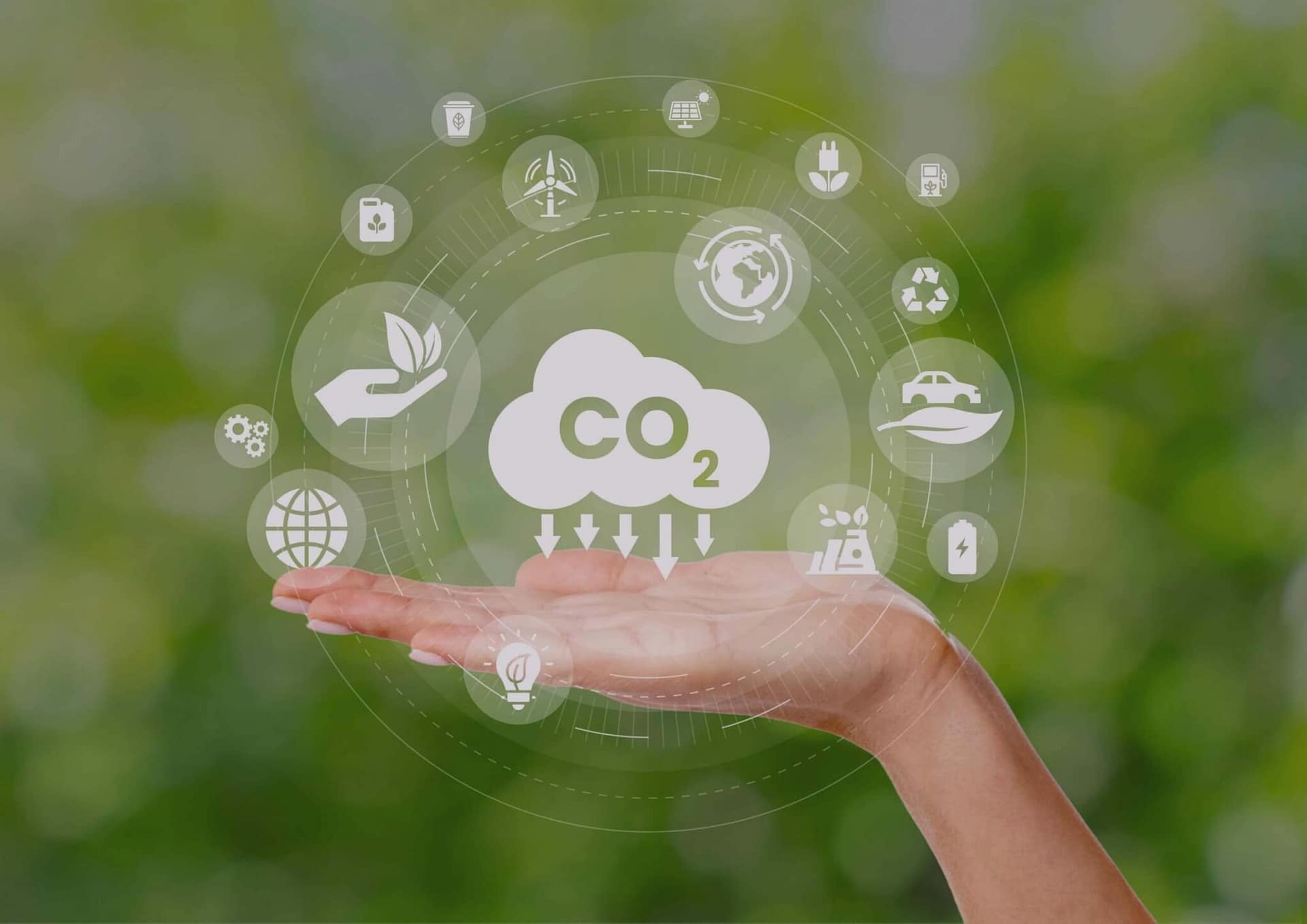
Voluntary carbon markets (VCMs) are a new-age solution that can not only help companies incentivize projects aimed towards climate change mitigation to meet Net Zero 2050 goals, but also help in the reduction and offsetting of greenhouse gases (GHG) and carbon dioxide (CO2) emissions for their investors and participants.
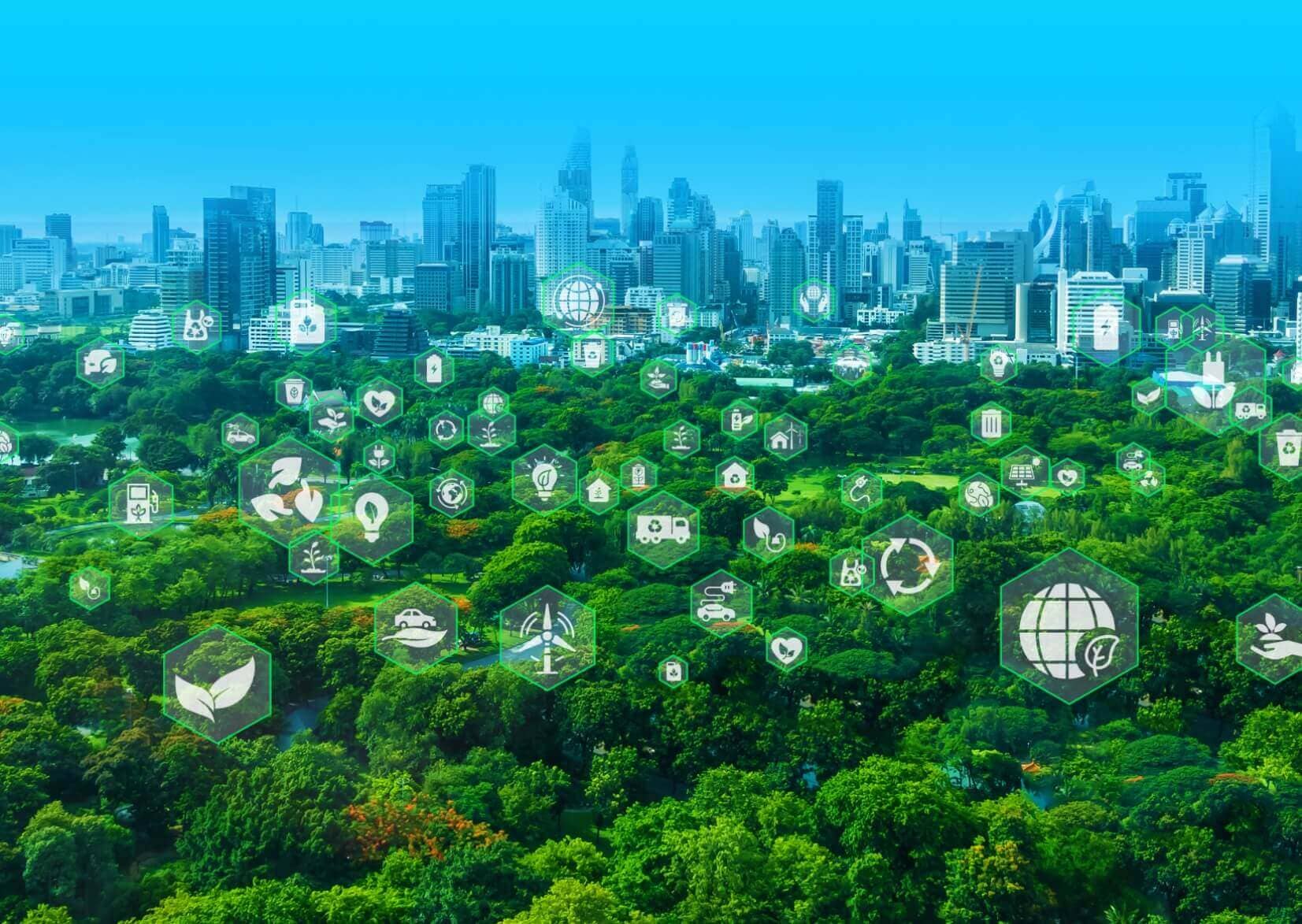
There is a global sprint towards reduction of carbon dioxide (CO2) emissions and greenhouse gases (GHG) across industries, in response to decarbonization needs outlined in the Net Zero 2050 goals as a part of the 2015 Paris Agreement.

The issues surrounding plastic waste and its mitigation require continuous focus in a global transition aiming for sustainability under the Net Zero 2050 goals. In recent times, we have noted this focus expanding.

Scope 3 emissions constitute the lion’s share of a business’s carbon footprint. Addressing Scope 3 emissions demonstrates a real commitment to the cause of environmental impact reduction. There are several approaches to Scope 3 emission reduction. Companies will usually need to focus on more than one strategy to ensure their attempts are effective.

Scope 3 is broadening the concept of environmental impact which includes all the activities a company’s business calls into being, throughout their supply and distribution chains (the “product lifecycle”).
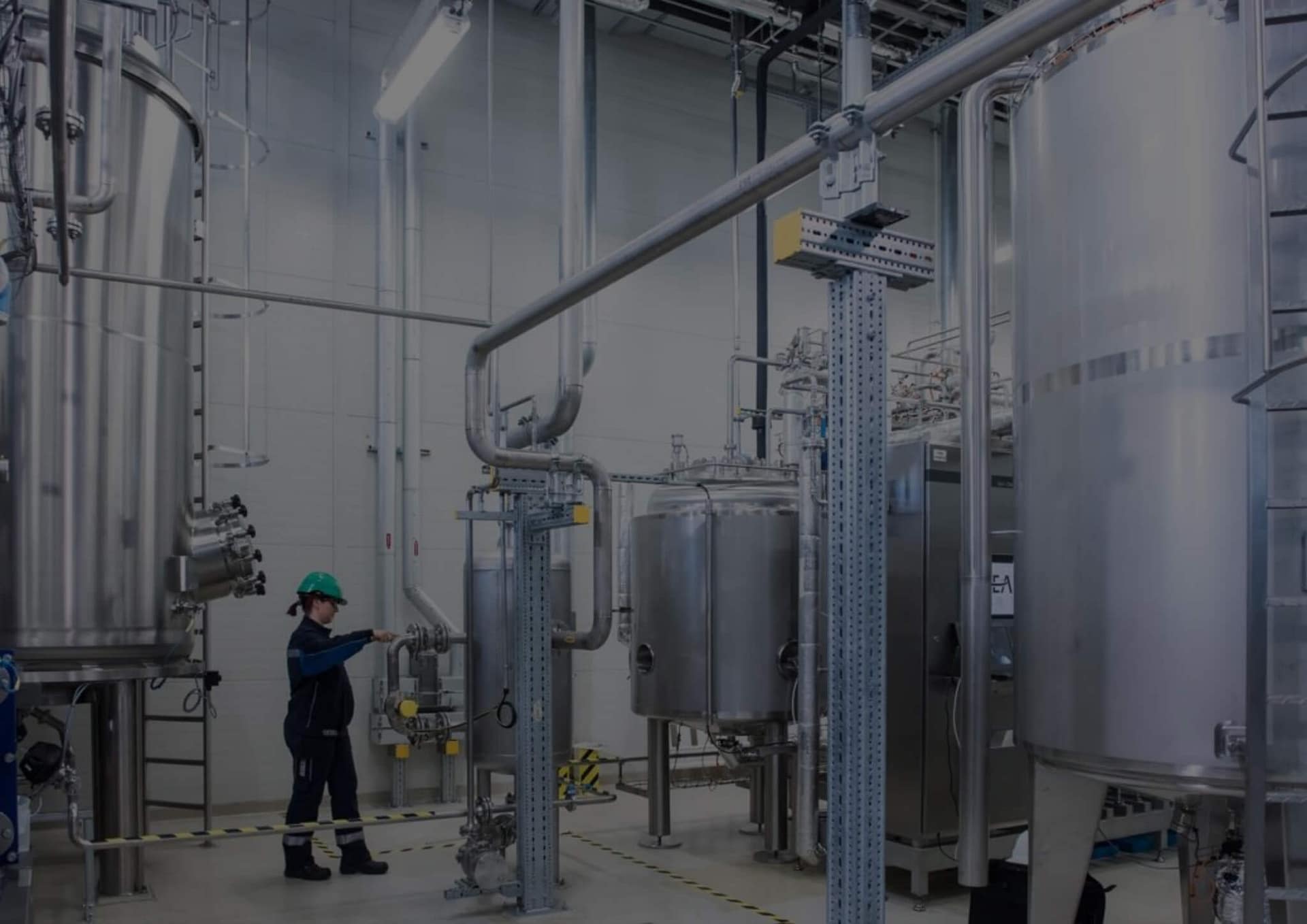
A critical need of the hour towards the goal of sustainability, is better recycling, particularly in higher plastic consumption sectors, including consumer packaged goods (CPG). While a large quantum of post-consumer plastics ends up in landfills or leaking into the environment, the ones that do make it to waste collection and recovery facilities do not always end up recycled and reused.
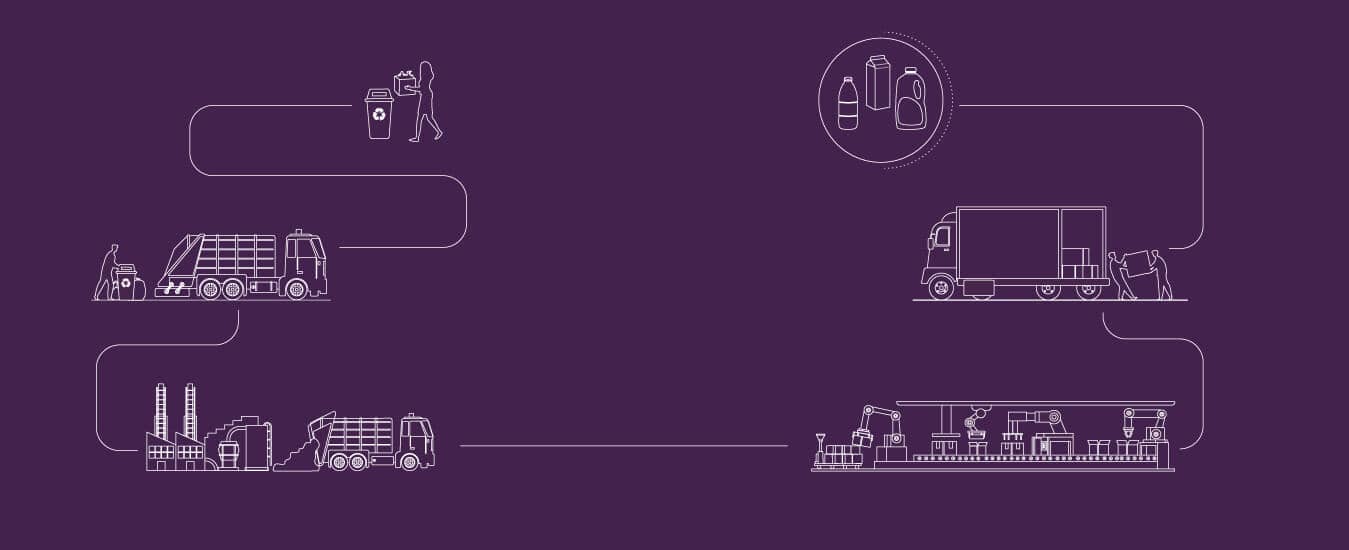
Plastic has been an efficient material in the sales, transport protection, and modularity of consumer packaged goods (CPG). CPG companies are among the top plastic consumers and will hence be instrumental in reversing the material’s impact on the environment and, subsequently, the climate.
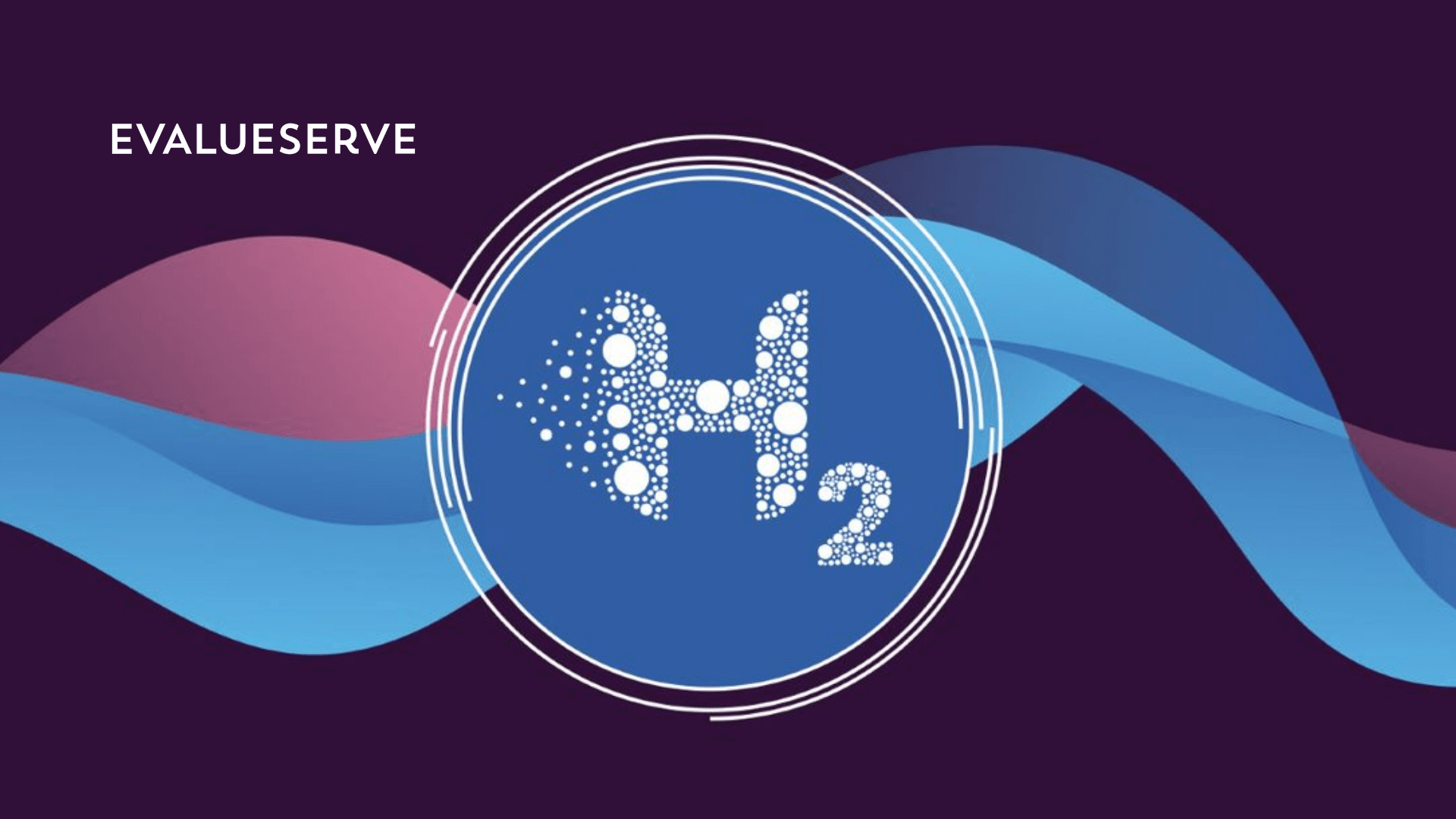
Hydrogen is a key contributor in moving towards a future powered by clean energy. We put together a round-up for you of our published content featuring this topic.

This update of the China ESG Newsletter from Q4 of 2021 covers a series of measures that aim to accelerate the development of a green economy have been taken in mainland China, Hongkong, Macao, and Taiwan.
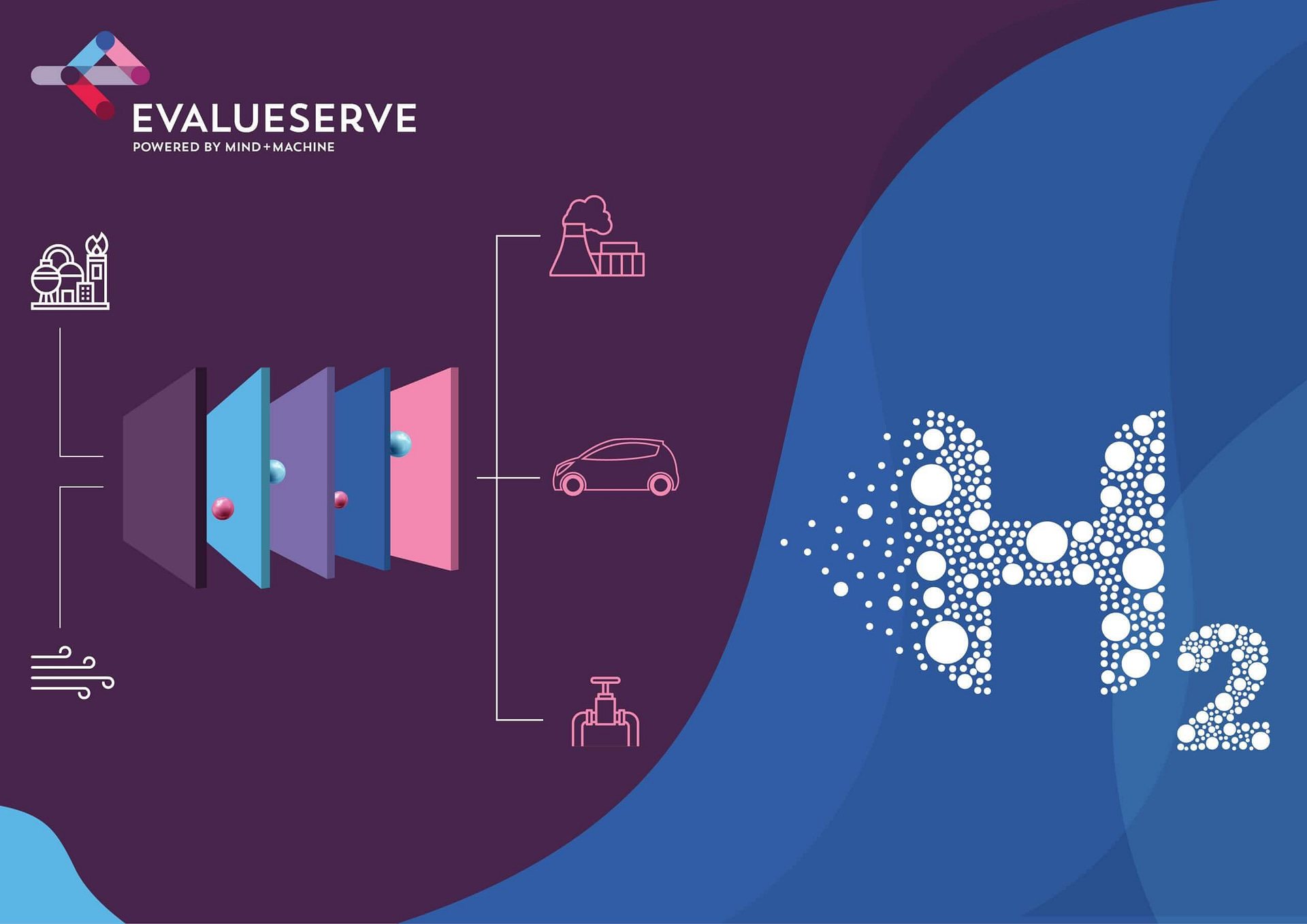
Hydrogen is fast gaining ground as the fuel of the future, be it for power generation or powering the next generation of fuel cell electric vehicles (FCEVs). Hence, ways to generate, transport, and utilize it to fuel this energy transition are constantly being developed and optimized.

Introduction As the 26th UN Climate Change Conference of the Parties (COP26) in Glasgow gets started, let’s take a close look
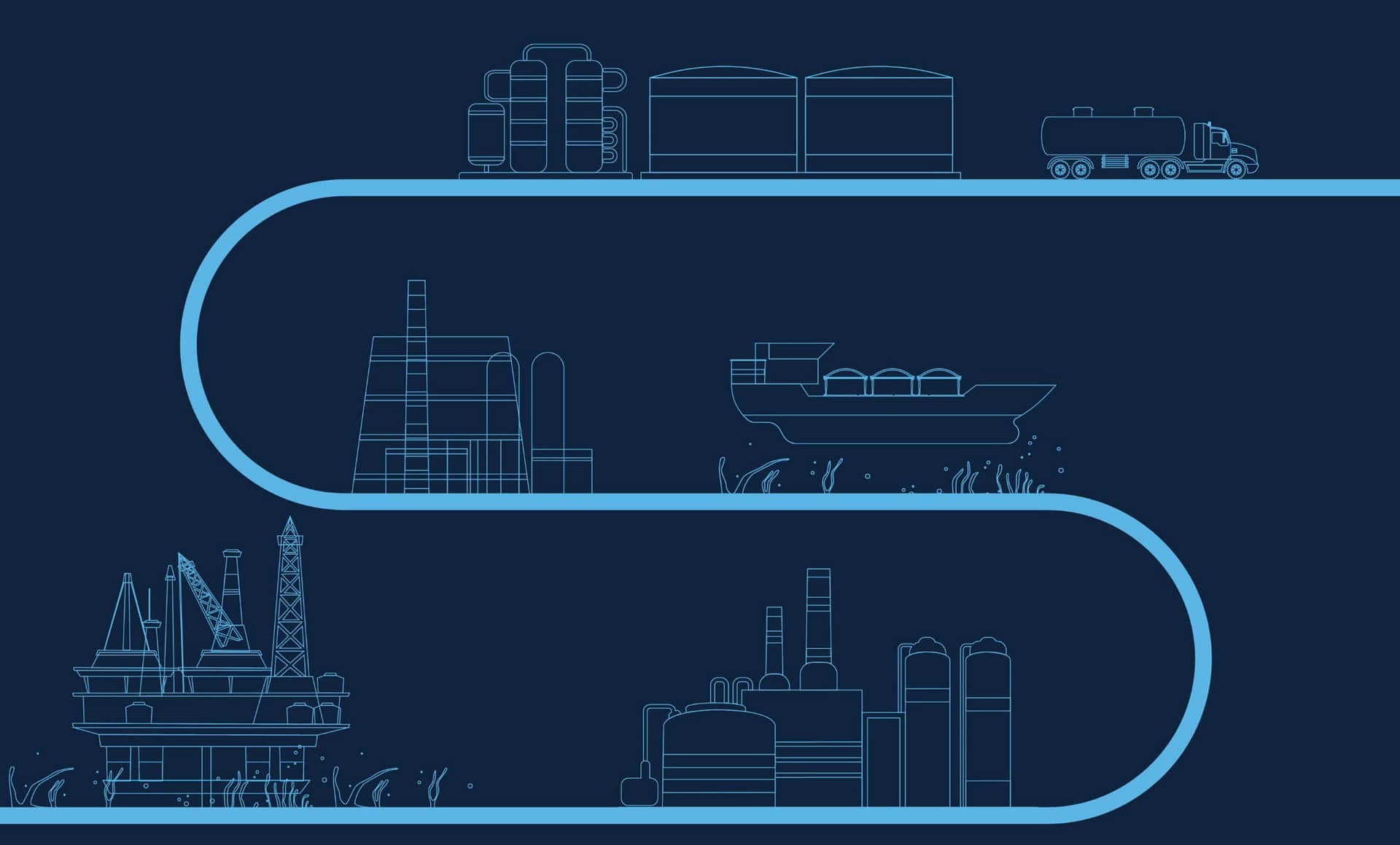
Rising global temperatures and the need for ESG efforts has become important for every industry. What does that mean for businesses? Read the full industry insight here.
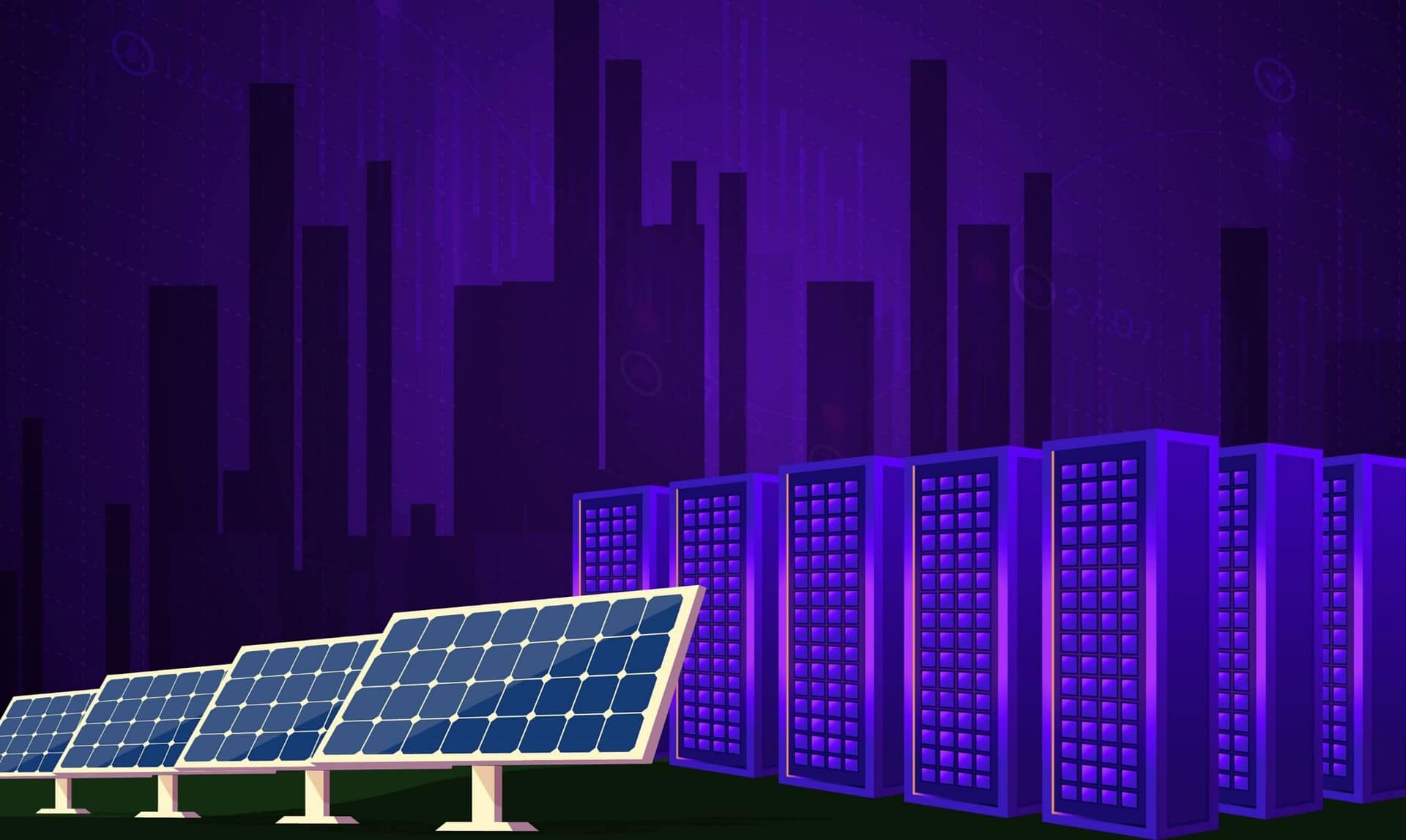
How soon can solar power become constant with the addition of energy storage, be cost-competitive with fossil fuels and how close is solar + storage to compete with conventional electricity sources like coal and gas?

Germany outlines roadmap for the use of power-to-liquid (PtL) fuels for its aviation industry.
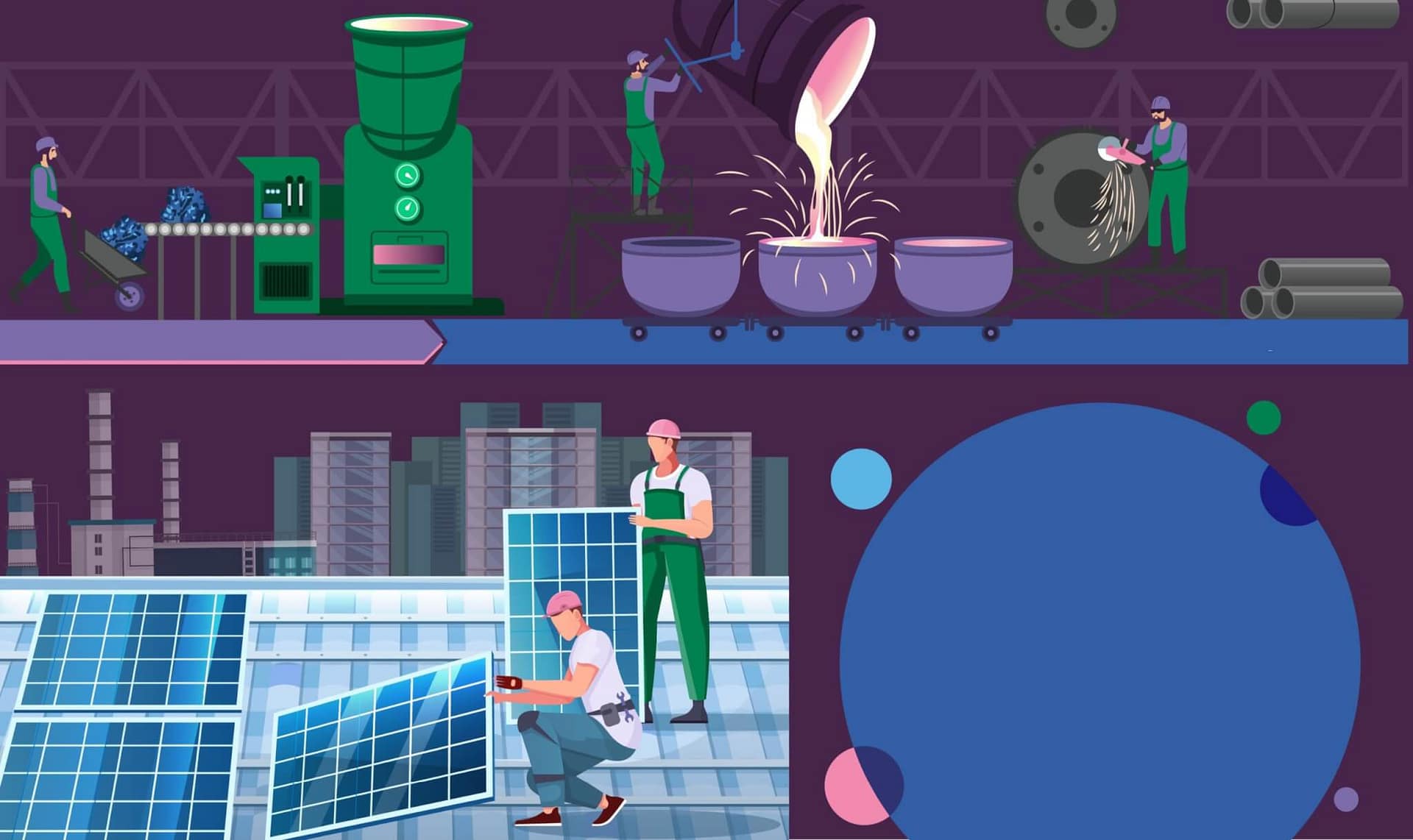
The rise in steel prices over the last year has had significant effects on the solar power industry, let’s take a look at the impacts and the market.

One of the largest near-term opportunities for hydrogen is blending hydrogen gas into the existing natural gas network to cut down greenhouse gas (GHG) emissions. This insight discusses it’s potential and how.

Goals of carbon neutrality and decarbonization are paving the way for opportunities within optimization of present battery tech.
RPA For Risk Model Management
Market Intelligence
Financial Spreading
Competitive Intelligence
Sector & Account Intelligence
MICI For Asset & Wealth Management
CI for Management Consulting Firms
Knowledge Management
ESG Intelligence for Asset Managers
Fund Marketing & Digital Marketing
Intellectual Property Strategy
Intellectual Property Management
MICI for Real Estate
Sector & Account Intelligence
MICI for Asset & Wealth Management
CI for Management Consulting Firms
ESG Intelligence for Asset Managers Fund Marketing & Digital Marketing Intellectual Property Management MICI for Real Estate
ESG Controversy Monitoring for Asset Managers
Patent Analysis
RPA For Risk Model Management
© 2025 Evalueserve. All rights reserved.